Today I will talk about one of the most important parts of your car, tyres. Tyres are one of the most important parts of your car because without a good set of tyres, you cannot put the power down, nor can you get proper traction or handling. Their various types of tyres are high-profile, low-profile, all-season, summer, winter, and off-road tyres. In this article, we will talk about what tyres are. Types of tyres? Tyre load and speed Index? and finally how to choose a tyre for your car.
What are tyres?
Tyres are one of the important components of your car. A tyre is a ring-shaped component that surrounds a wheel’s rim to transfer a vehicle’s load from the axle through the wheel to the ground and to provide traction on the surface travelled over.
Tyres are made up of natural and synthetic rubber. The harder or the softer compound affects fuel efficiency but it is a negligible difference. The air pressure will play a role in grip, mileage and comfort. If you have higher air pressure on your tyre, there will be less rolling resistance and higher fuel efficiency, but you might lose grip in bad patches or wet surfaces, also the ride will be bumpy and hard. But if you have lower air pressure, you will have a lower fuel efficiency, but you might have a decent grip over bad patches of road and wet surfaces, and your ride would be soft and squishy.
That is why it is advised to have the right air pressure to achieve the best fuel efficiency, comfort, and grip. However, you can change it according to your driving needs. For example, in off-road conditions, you need to reduce your air pressure, and on-road driving requires the correct air pressure.
How tyres are built and what are their parts?
I will tell you the parts included in the tyres but watch the below video to see how a tyre is built.

Beads
Beads are made of high-strength steel coated in rubber. It creates an airtight seal between your tyre and the rim of the wheel.
Belts
Belts are placed around the tyres to reinforce strength and provide rigidity. These are made of woven sheets of steel wires that are coated in rubber.
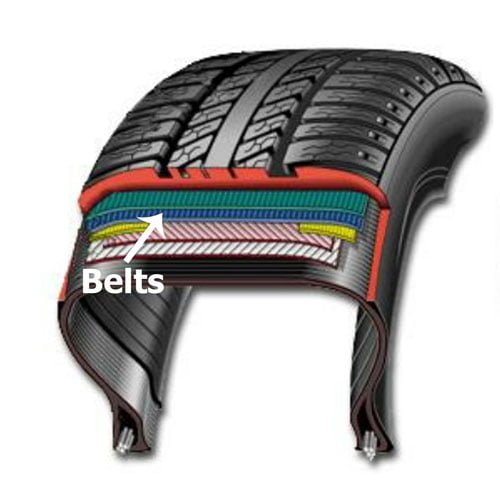

Ply
Ply is the layers of fabric that make up your tyre’s skeleton and are typically made of fibre cord that is woven together and coated with rubber. The flexibility and strength of your tyre are because of the ply.
Sidewall
It is the area where you find your tyre manufacturer information, and also your tyre details (size, aspect ratio etc). It is an area of extra-thick rubber that runs from the bead to the tread and gives your tyre its lateral stability.

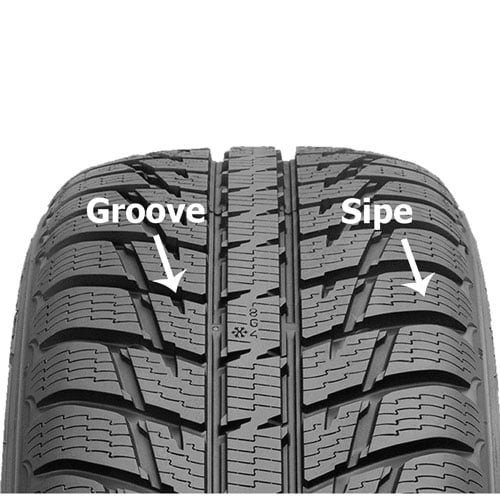
Sipe and Groove
The tread blocks are separated by the deep grooves that allow your tyre to disperse water, snow and mud. Sipes are the smaller grooves or cuts made in the tread blocks themselves that give extra grip, which is especially important in a tyre made for snow and ice.
Shoulder
It is one of the most important components of your tyre. It is a small bevelled edge where the tread meets the sidewall. Its design and construction play an important role in how your tyre helps you take corners.


Treads
This is the area of your tyre where the rubber meets the road. The tread provides both cushioning and grip, and its design and compound determine many of your tyre’s most important performance features.
Watch this video to understand how a tyre is made
Courtesy: Engineering Explained
Tyres Guide (Load and speed Index)
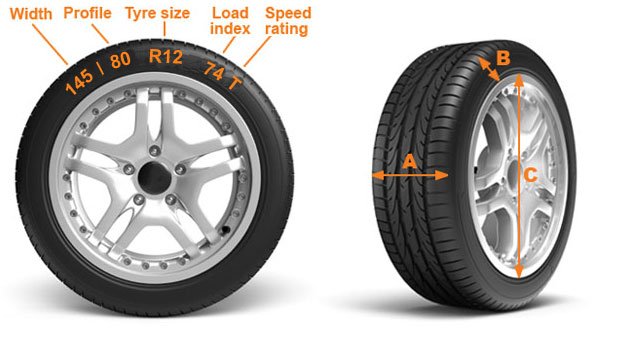
You can find the tyre details on the sidewall. Mostly it is in this format 145/80 R12 74T. Where 145 is the width of the tyre (A in the left figure), and 80 is the aspect ratio or profile (sidewall thickness B in the left figure). R stands for radial tyres, and 12 is the diameter of your rim (C in the figure). 74 is the load index that determines how much load a single tyre can bear, and T is the Speed limit that your tyre can resist. Check the list below.
Understanding the markings on the sidewall of a tyre
|
Sidewall marking |
Meaning |
Description |
|---|---|---|
|
145 |
Width |
Measured in millimetres. |
|
80 |
Aspect ratio | The height of the sidewall is a percentage of its width. Here 80% of the 145mm |
|
R |
Construction type | Redundant – ‘R’ stands for ‘Radial’, as the majority of modern tyres are. |
|
12 |
Wheel rim diameter | Measured in inches, the diameter of the rim of the wheel has been designed to fit. Measured bead shoulder to bead shoulder. |
|
74 | Load Index |
A load index of 74 corresponds to 375 kg. For a full index see the image below. |
|
T |
Speed rating |
A second index for speed ratings. ‘T’ rated tyres can be used up to 190 kmph. |
Tyre Load Index
| Load Index | Load in Kg per Tyre | Load Index | Load in Kg per Tyre | Load Index | Load in Kg per Tyre | Load Index | Load in Kg per Tyre | Load Index | Load in Kg per Tyre | Load Index | Load in Kg per Tyre |
| 50 | 190 | 70 | 335 | 90 | 600 | 110 | 1060 | 130 | 1900 | 150 | 3350 |
| 51 | 195 | 71 | 345 | 91 | 615 | 111 | 1090 | 131 | 1950 | 151 | 3450 |
| 52 | 200 | 72 | 355 | 92 | 630 | 112 | 1120 | 132 | 2000 | 152 | 3550 |
| 53 | 206 | 73 | 365 | 93 | 650 | 113 | 1150 | 133 | 2060 | 153 | 3650 |
| 54 | 212 | 74 | 375 | 94 | 670 | 114 | 1180 | 134 | 2120 | 154 | 3750 |
| 55 | 218 | 75 | 387 | 95 | 690 | 115 | 1215 | 135 | 2180 | 155 | 3875 |
| 56 | 224 | 76 | 400 | 96 | 710 | 116 | 1250 | 136 | 2240 | 156 | 4000 |
| 57 | 230 | 77 | 412 | 97 | 730 | 117 | 1285 | 137 | 2300 | 157 | 4125 |
| 58 | 236 | 78 | 425 | 98 | 750 | 118 | 1320 | 138 | 2360 | 158 | 4250 |
| 59 | 243 | 79 | 437 | 99 | 775 | 119 | 1360 | 139 | 2430 | 159 | 4375 |
| 60 | 250 | 80 | 450 | 100 | 800 | 120 | 1400 | 140 | 2500 | 160 | 4500 |
| 61 | 257 | 81 | 462 | 101 | 825 | 121 | 1450 | 141 | 2575 | 161 | 4625 |
| 62 | 265 | 82 | 475 | 102 | 850 | 122 | 1500 | 142 | 2650 | 162 | 4750 |
| 63 | 272 | 83 | 487 | 103 | 875 | 123 | 1550 | 143 | 2725 | 163 | 4875 |
| 64 | 280 | 84 | 500 | 104 | 900 | 124 | 1600 | 144 | 2800 | 164 | 5000 |
| 65 | 290 | 85 | 515 | 105 | 925 | 125 | 1650 | 145 | 2900 | 165 | 5150 |
| 66 | 300 | 86 | 530 | 106 | 950 | 126 | 1700 | 146 | 3000 | 166 | 5300 |
| 67 | 307 | 87 | 545 | 107 | 975 | 127 | 1750 | 147 | 3075 | 167 | 5450 |
| 68 | 315 | 88 | 560 | 108 | 1000 | 128 | 1800 | 148 | 3150 | 168 | 5600 |
| 69 | 325 | 89 | 580 | 109 | 1030 | 129 | 1850 | 149 | 3250 | 169 | 5800 |
Tyre Speed Index
| Speed Rating | KM/Hour |
| J | 100 |
| K | 110 |
| L | 120 |
| M | 130 |
| N | 140 |
| P | 150 |
| Q | 160 |
| R | 170 |
| S | 180 |
| T | 190 |
| U | 200 |
| H | 210 |
| V | 240 |
| W | 270 |
| Y | 300 |
| Z | 240+ |
Types of tyres
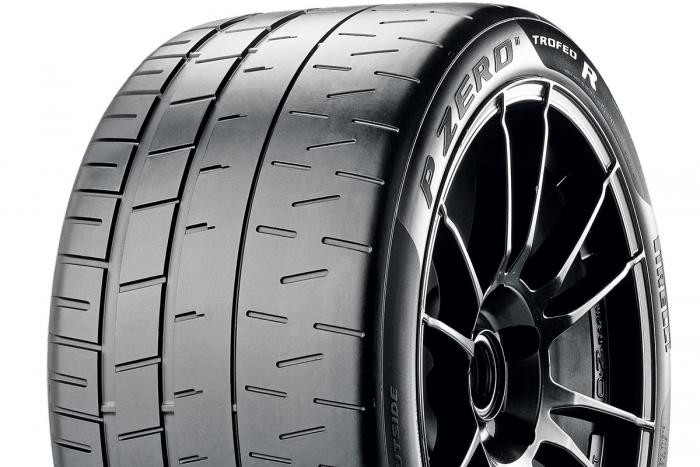
High-Performance
High-performance tyres give you more rubber in contact with the road to boost traction. Rainwater grooves are shallower and thus make your car harder to control in wet weather. They are made of softer compounds which helps in better traction. High-performance tyres also wear quickly.
Summer
These are specifically designed for optimal performance in summer conditions. They will make steering quick and accurate – especially during hard cornering. The compounds used in these tyres are a sticker. They offer fantastic grip and durability in both wet and dry conditions, thanks to a good balance of water-channelling grooves and road-hugging rubber.


Winter
Winter tyres provide greater traction through softer compounds and greater tread depth and help driving in snow, ice and even rain substantially easier. Such examples wear out quickly in warm weather and therefore are only useful for some months of the year.
All-Season
An all-season tyre offers a balance of capabilities, providing acceptable performance in wet and dry conditions, as well as traction in snow. These tyres use compounds that provide longer tread life than summer tyres. It is the most used tyre, and a wide variety of vehicles from economy cars to sedans to mini-vans to pickup trucks use all-season tyres. They tend to provide ride comfort, handling, and other performance attributes suitable for most drivers.

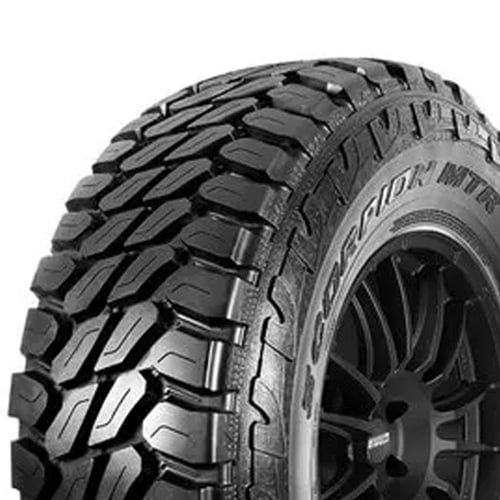
All-Terrain
All-terrain is usually fitted to SUVs, these increase tread spacing to help channel mud out of the tyre. Additionally, the sidewall is strengthened to prevent punctures.
Low profile
Low-profile tyres give your car a better look. Greatly improved levels of handling and grip, especially in the dry. Better brakes because of more contact patch that provides greater traction than a conventional tyre. Low-profile tyres will benefit your car’s cornering characteristics by being able to handle greater cornering forces (CF).
The downside of Low profile tyres in Indian condition is they will reduce your tyres life. Also increase the risk of rim damage, since these tyres have a smaller air cushion to work with to absorb harsh impacts from our pothole-ridden roads. Road noise also increases with these tyres because of the larger contact patch, and the ride of your car can become much stiffer. In wet conditions, the car loses traction. also have a lower fuel efficiency

How to Choose the Best tyre for your car?
First of all, always select the tyre which is made for your car. I have seen some people using wide tyres which gives your car a better road presence. But these wide tyres reduce your car’s performance and mileage cause they were not built for your car.
Second, always buy a trusted brand do not go for cheap tyres cause they will affect your car’s driving and handling, and they can also impact your braking and traction. My recommendation is Michelin, Bridgestone, Continental and Apollo.
Selecting the right types of tyres is important. All-season tyres are good for the daily driving situation. In India, we can also go for summer tyres in some places cause the winter in India is not that extreme and summer tyres do well in wet conditions also.
Also as mentioned above do not go for low-profile tyres, all Indian roads are not suitable for low-profile tyres.
So I guess by now you know how to check the dimensions of your tyres, and you would have got some idea of how to buy a new set of tyres. Also while modifying your car first thing you should be replacing is your tyres, cause better tyres give you a better grip and good corning. Which helps increase the overall performance of your car.

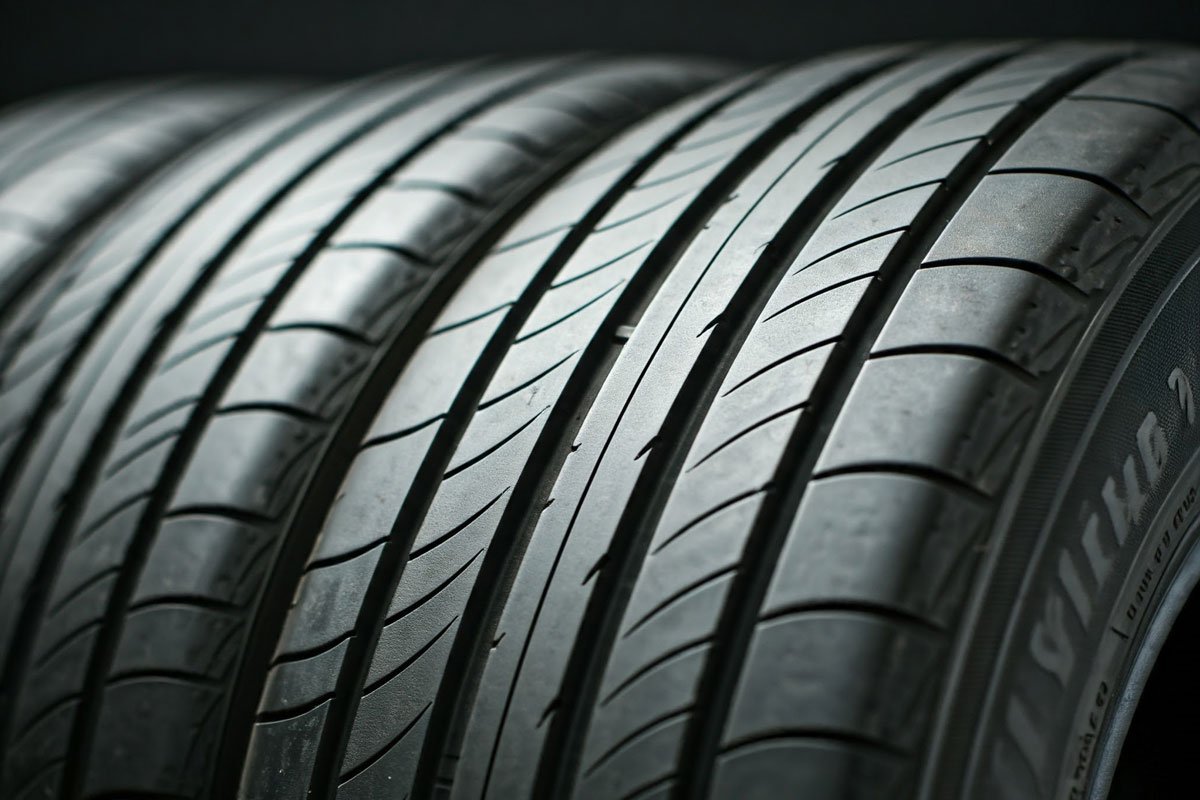


This is really appreciated that you have presented this data over here, I love all the information shared. It will be very helpful to understand the best tyres to buy for your next car. Great post to share!!
Thank you